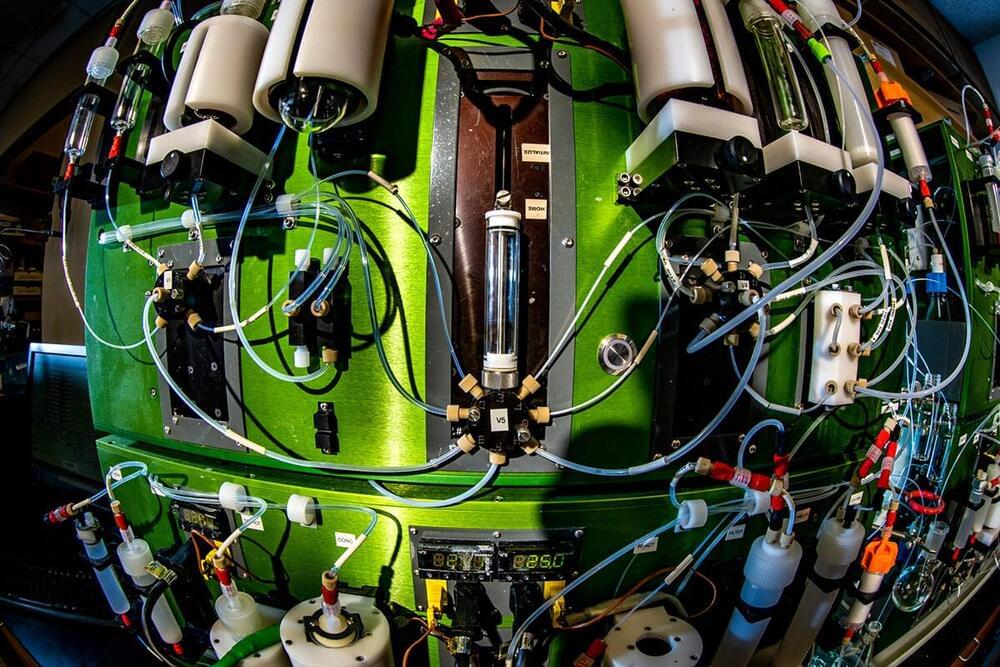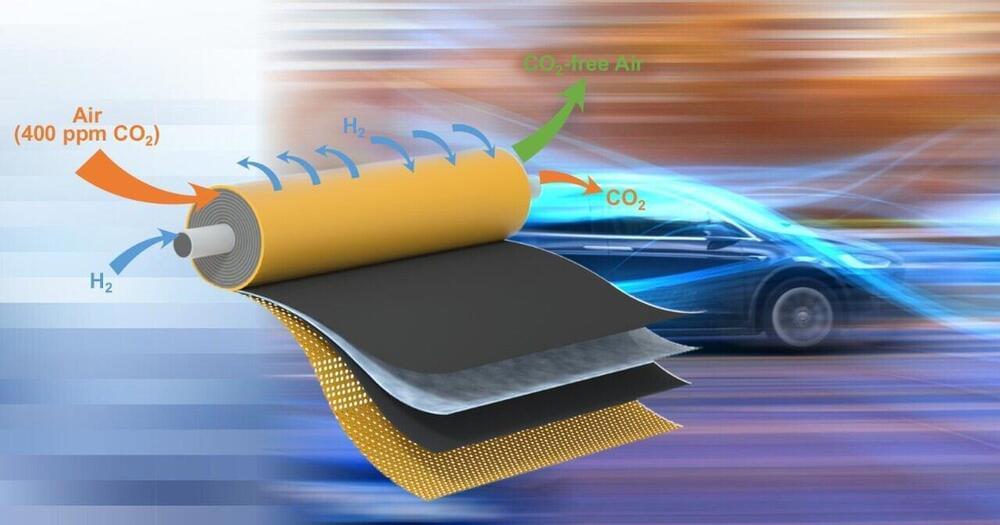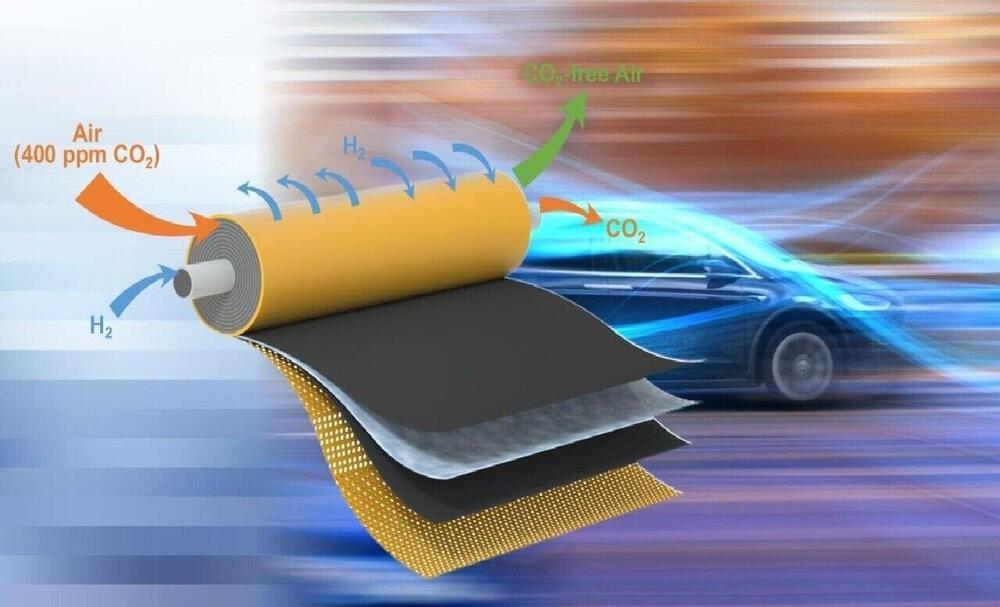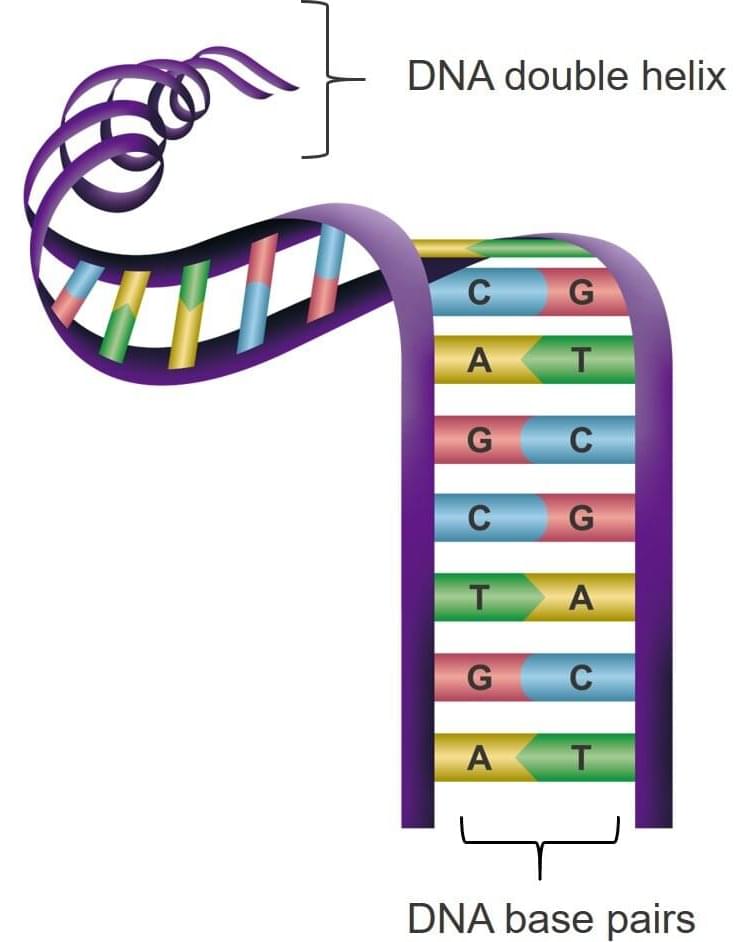Feb 9, 2022
New set of chemical building blocks makes complex 3D molecules in a snap
Posted by Kelvin Dafiaghor in categories: biotech/medical, chemistry, robotics/AI
A new set of molecular building blocks aims to make complex chemistry as simple and accessible as a toy construction kit.
Researchers at the University of Illinois Urbana-Champaign and collaborators at Revolution Medicines Inc. developed a new class of chemical building blocks that simply snap together to form 3D molecules with complex twists and turns, and an automated machine to assemble the blocks like a 3D printer for molecules.
This automation could allow chemists and nonchemists alike to develop new pharmaceuticals, materials, diagnostic probes, catalysts, perfumes, sweeteners and more, said study leader Dr. Martin D. Burke, a professor of chemistry at Illinois and a member of the Carle Illinois College of Medicine, as well as a medical doctor. The researchers reported their findings in the journal Nature.


















